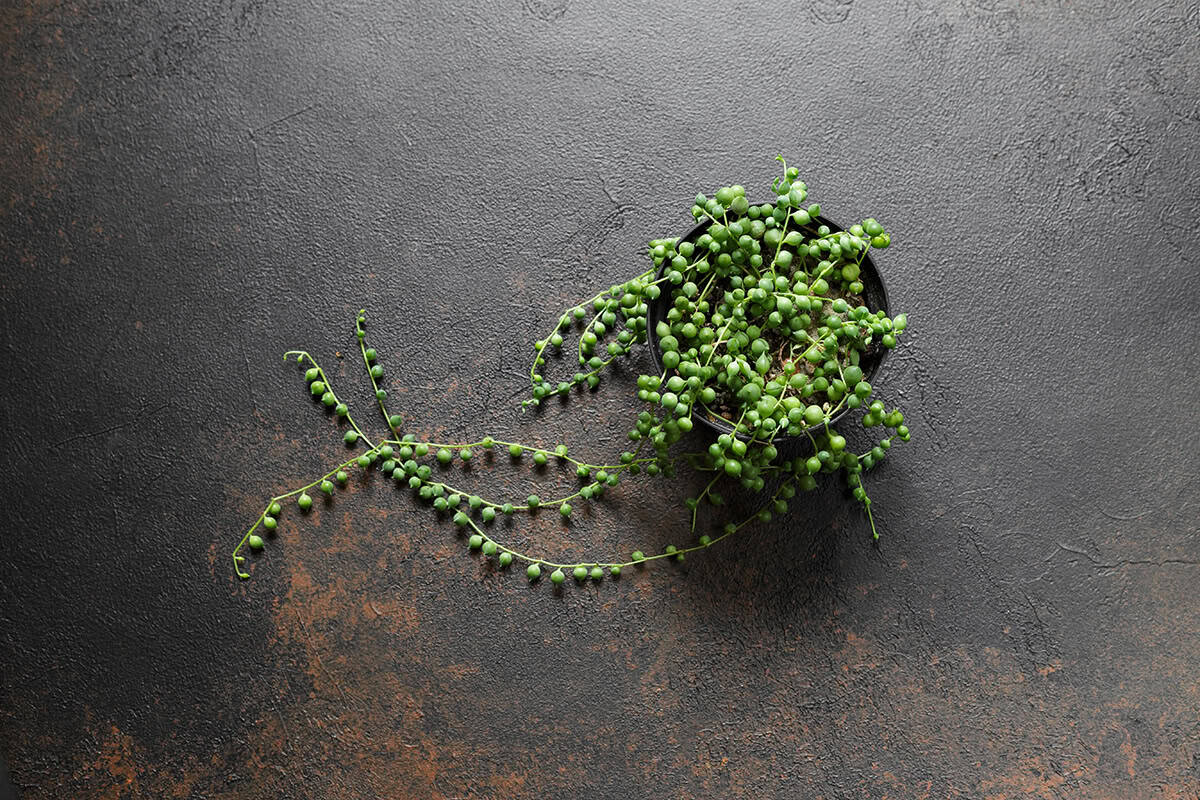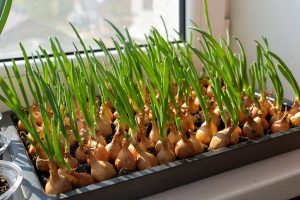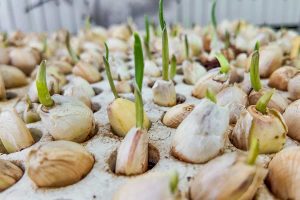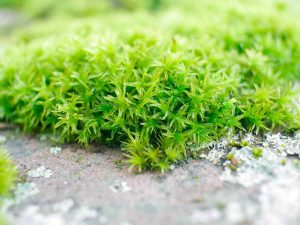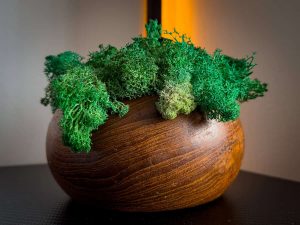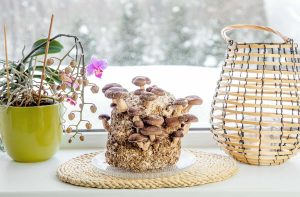It’s frustrating when your string of pearls just won’t grow, no matter what you try. The good news? Growth problems usually come down to a few easy-to-fix issues—and you’re about to learn exactly what to look for.
Table of Contents
How Fast Does String Of Pearls Grow
String of Pearls, known for its unique bright beads, is a popular houseplant. Its growth rate is moderate compared to other houseplants. Under ideal conditions, the plant can grow about 5 to 15 inches within a year.
Growth depends heavily on the care you provide. Ensure your plant gets enough light. Six to eight hours of bright, indirect sunlight is ideal. This plant thrives best when placed near a sunny window.
Watering carefully also influences growth. Overwatering can hinder growth or even damage your plant. Make sure the soil drains well. Let the substrate dry out between waterings, as String of Pearls prefers dry conditions.
Optimal temperature affects growth too. Aim for a range of 70 to 80°F during the day. At night, 50 to 60°F works best. Taking these steps will help you achieve satisfactory growth for your String of Pearls.
8 Common Reasons Your String Of Pearls Isn’t Growing
String of Pearls plants are unique and attractive, but they can be a bit picky about their growing conditions. Insufficient light, water issues, and soil problems often hinder their growth.
Insufficient Light
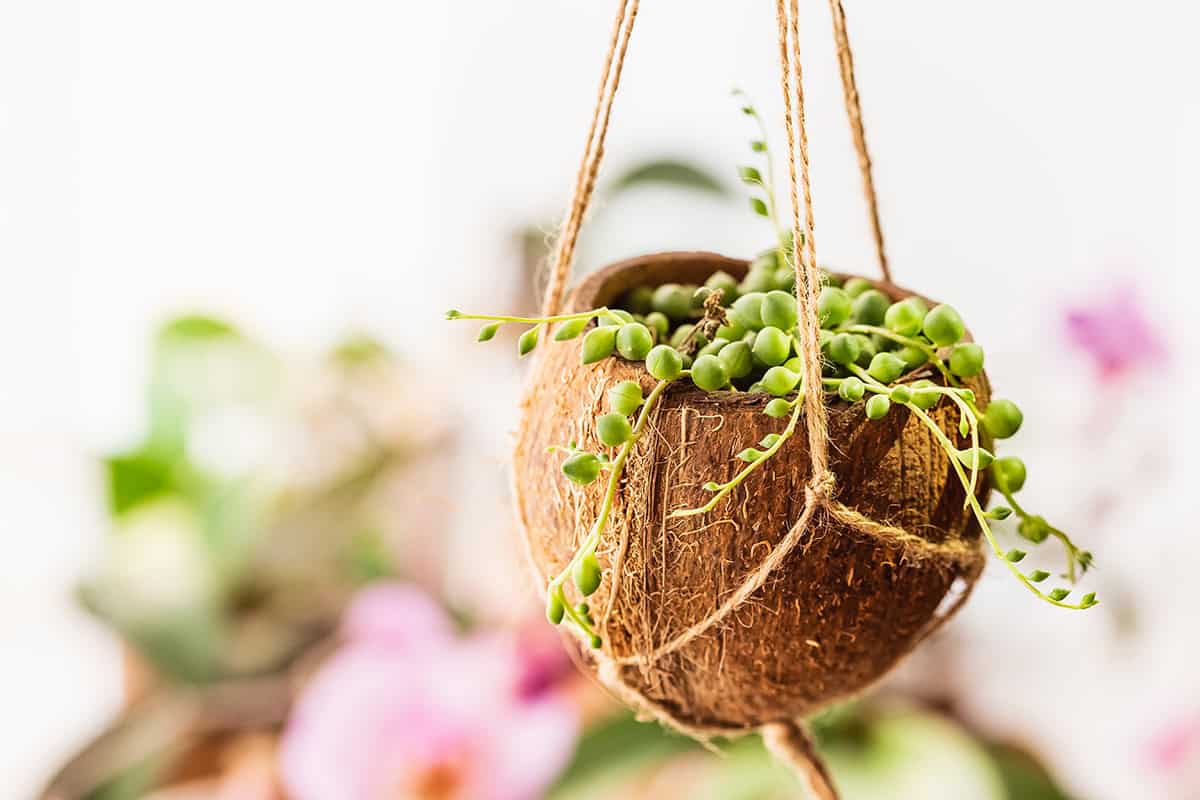
Your String of Pearls needs plenty of light to grow well. With at least 6-8 hours of bright, indirect sunlight each day, they thrive. Without this, the plant may stretch, becoming leggy and weak. East or west-facing windows are ideal, providing enough light without causing sunburn. If natural light is limited, consider using a grow light to compensate. Avoid direct harsh sunlight, which may damage the delicate pearls.
Overwatering Or Poor Drainage
Overwatering is a common issue leading to root rot. Ensure pots have drainage holes to let excess water escape. Use a potting mix that drains well; a mix designed for cacti and succulents is suitable. Water only when the soil feels dry to the touch. Avoid letting the plant sit in water, as this can suffocate the roots and stunt growth.
Underwatering
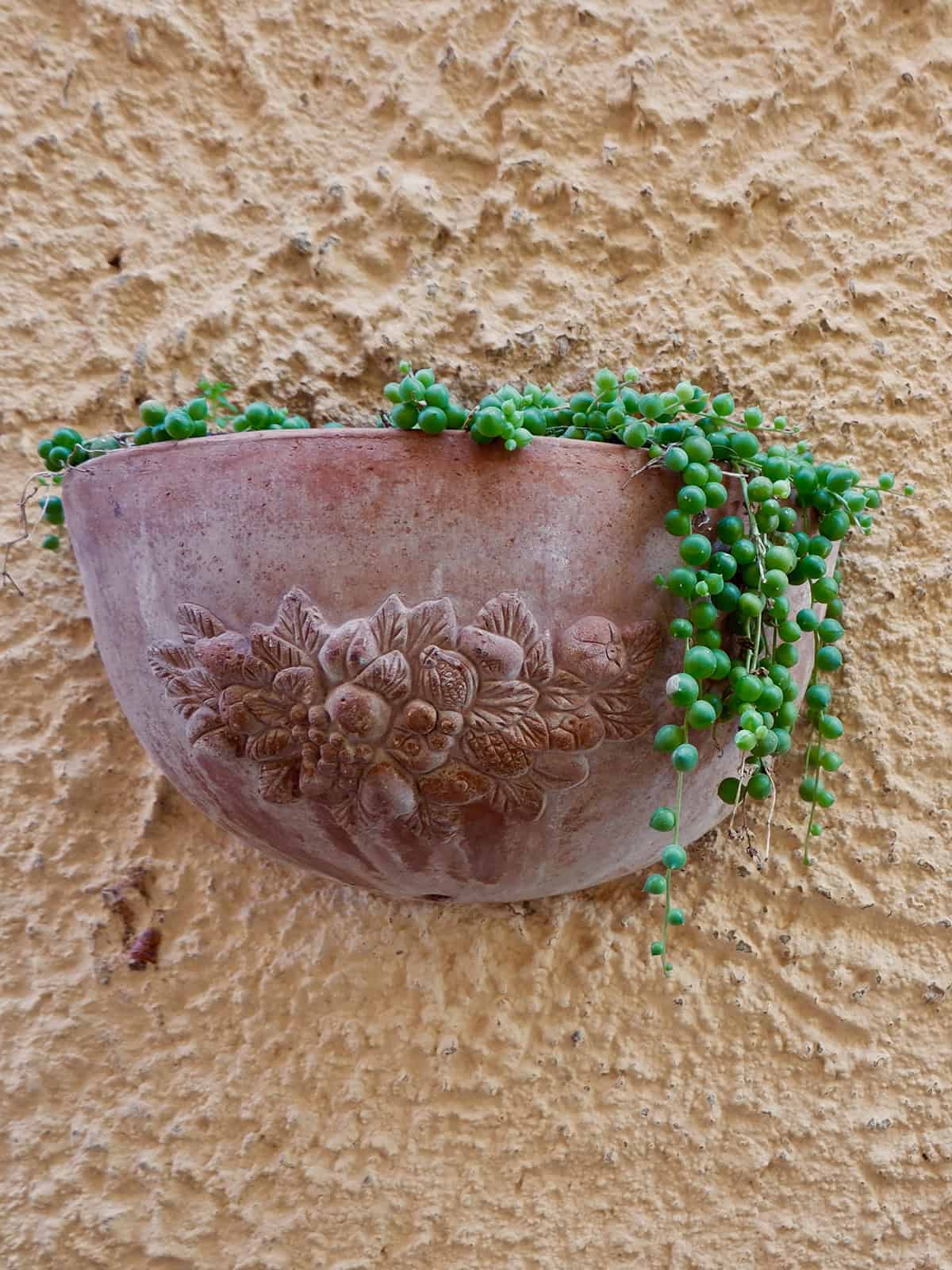
Underwatering can cause your plant to shrivel and stop growing. String of Pearls stores water in its leaves, so they can withstand some drought. However, if the soil remains dry for too long, growth may halt. Check regularly to maintain a balance, and water before the plant shows signs of stress. Healthy leaves should be firm and plump.
Inappropriate Soil Mix
String of Pearls requires a specific type of soil to flourish. A well-draining mix is crucial. Using regular potting soil can retain too much moisture, leading to rot. Opt for a soil mix high in perlite or pumice. These components help aerate the soil, ensuring roots receive ample oxygen. If necessary, amend the soil to improve drainage and promote healthier growth.
Temperature Stress
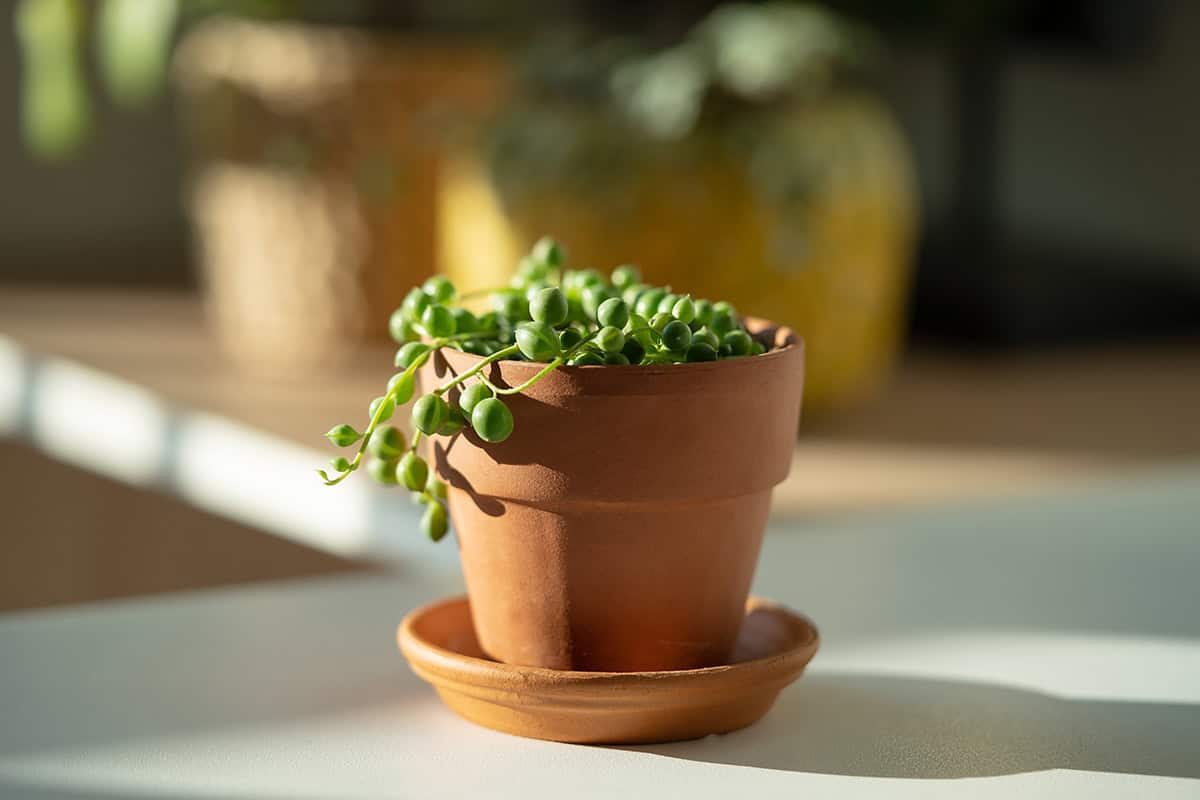
Temperature fluctuations can negatively impact growth. These plants prefer temperatures between 70-80°F during the day and cooler nights. Keep them away from drafty windows during winter and from hot, dry air from heaters. Extreme temperatures may shock the plant, halting growth. Ensure a stable environment to support your plant’s health.
Lack Of Nutrients
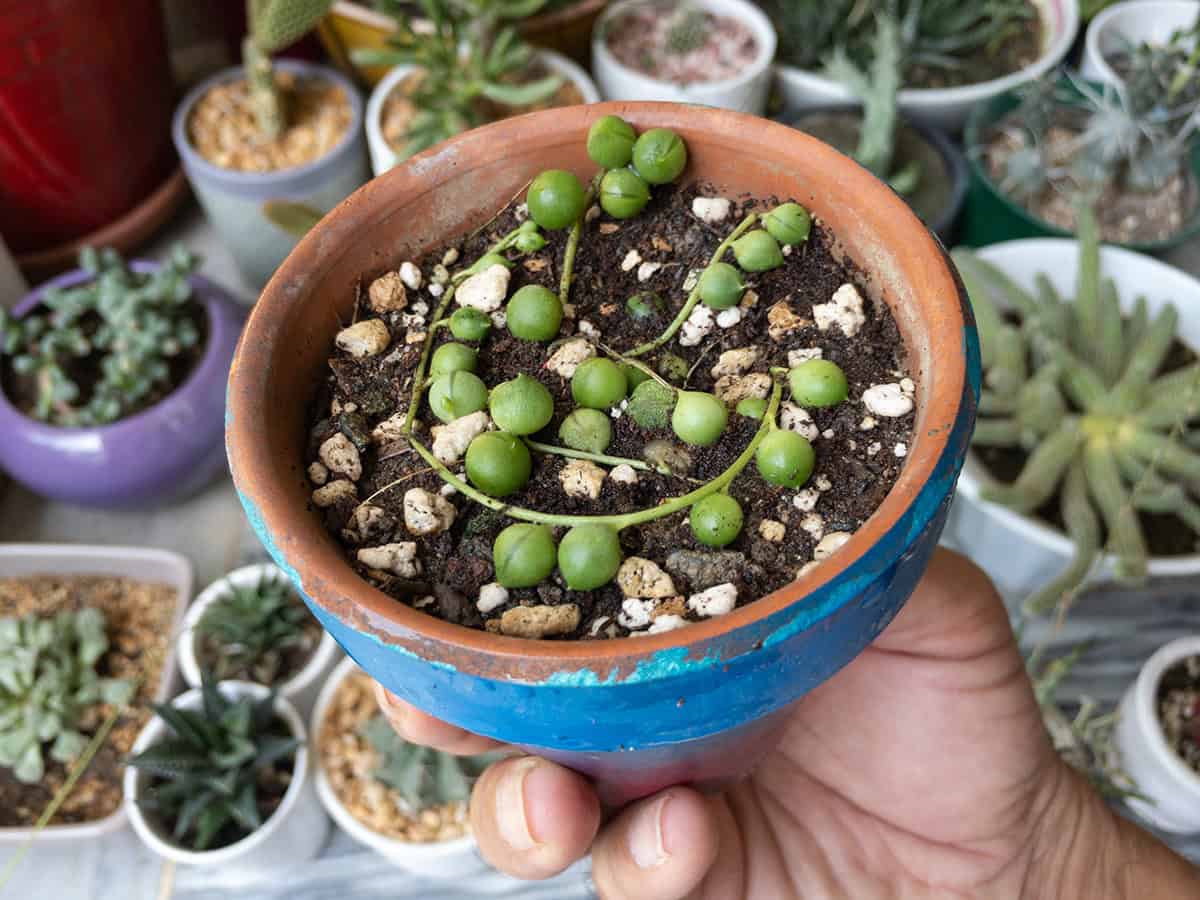
Your String of Pearls may need nutrients to grow properly. Fertilize during the growing season with a diluted balanced fertilizer. Avoid over-fertilizing, which can harm the plant. Signs of nutrient deficiencies include pale or yellowing leaves. Regular feeding during spring and summer boosts growth, while little to no fertilizer is needed in winter.
Pot Size And Root Bound Issues
Plants need room to grow, including their roots. A pot that is too small may restrict root development. Every couple of years, check if repotting is necessary. Select a pot slightly larger than the current one to provide more space. Ensure the new pot has drainage holes to prevent water pooling, which can lead to root problems.
Pest Infestations
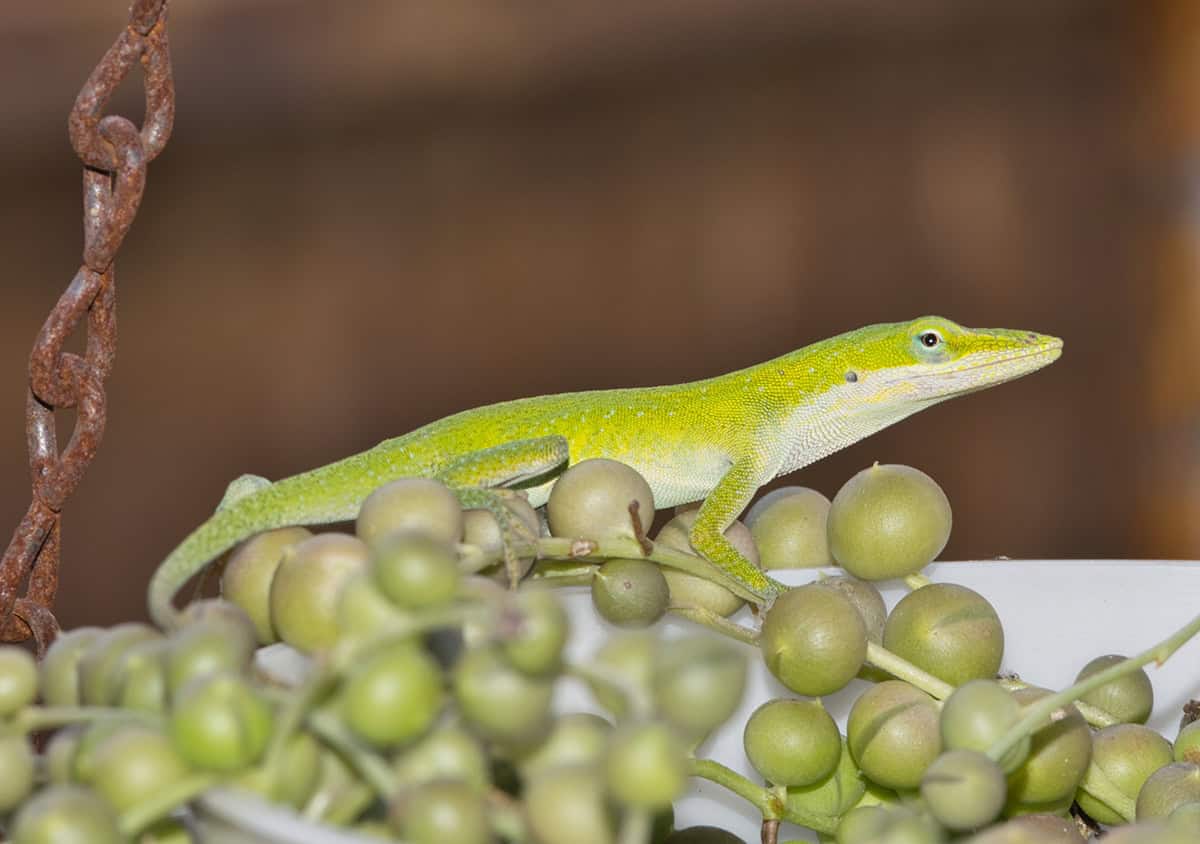
Pests can hinder plant growth by damaging leaves and roots. Common pests include aphids and spider mites. Regularly inspect the plant for signs of infestation, such as discolored or sticky leaves. If pests are found, treat the plant immediately with insecticidal soap or neem oil. Maintaining plant health reduces the likelihood of infestations.
Seasonal Dormancy Vs. Real Problems
When your String of Pearls isn’t growing, the issue might be seasonal dormancy. This plant naturally slows down during certain times of the year. Growth pauses, and water needs decrease. During the winter months, this dormant phase is a regular part of its life cycle.
Real problems occur when irregular conditions affect the plant’s health. Signs include yellowing leaves, mushy stems, or stunted new growth. Overwatering is a common culprit. Check if the soil is too wet as it could lead to root rot.
Look for pests that might be troubling your plant. Common pests include aphids or spider mites. These can drain the plant’s energy. Inspect the leaves and stems carefully. Address any infestations quickly to ensure recovery.
Assess the plant’s environment. Insufficient light can cause poor growth. Ensure your plant receives bright, indirect sunlight. You may need to adjust its position. This can often make a significant difference.
Evaluate your care routine. Ensure correct watering and sunlight exposure. If issues persist beyond dormancy, consider changing soil or pots. Proper drainage helps avoid fungal infections.
An understanding of these factors can help you decide if your plant’s lack of growth is temporary or a sign of real problems. Adjust care strategies accordingly to maintain a healthy plant year-round.
How To Encourage Healthy Growth
Encouraging your String of Pearls to thrive involves creating a nurturing environment, adjusting care routines, and considering propagation for rejuvenation. Paying attention to factors like light, watering, and soil will help improve growth.
Create The Ideal Environment

To promote healthy growth, your String of Pearls benefits from plenty of indirect light. Position the plant near a window that offers several hours of sunlight each day, but avoid harsh direct rays, which can harm the leaves.
Focus on well-draining soil. Use a cactus mix, or add materials like perlite to improve aeration. If humidity levels are too high or low, adjust accordingly to prevent stress in the plant. Maintaining a temperature range between 70°F and 80°F supports growth.
Adjust Your Care Routine
Watering is key. Let the soil dry out completely between waterings. Overwatering often results in root rot and stunted growth. Check the soil regularly to ensure it’s not staying too wet.
Feed your plant with a balanced, diluted fertilizer every few weeks during the growing season. Pay attention to the changing needs of your String of Pearls as it matures. Rotate the plant occasionally to ensure even light distribution and growth.
Propagate To Promote Growth
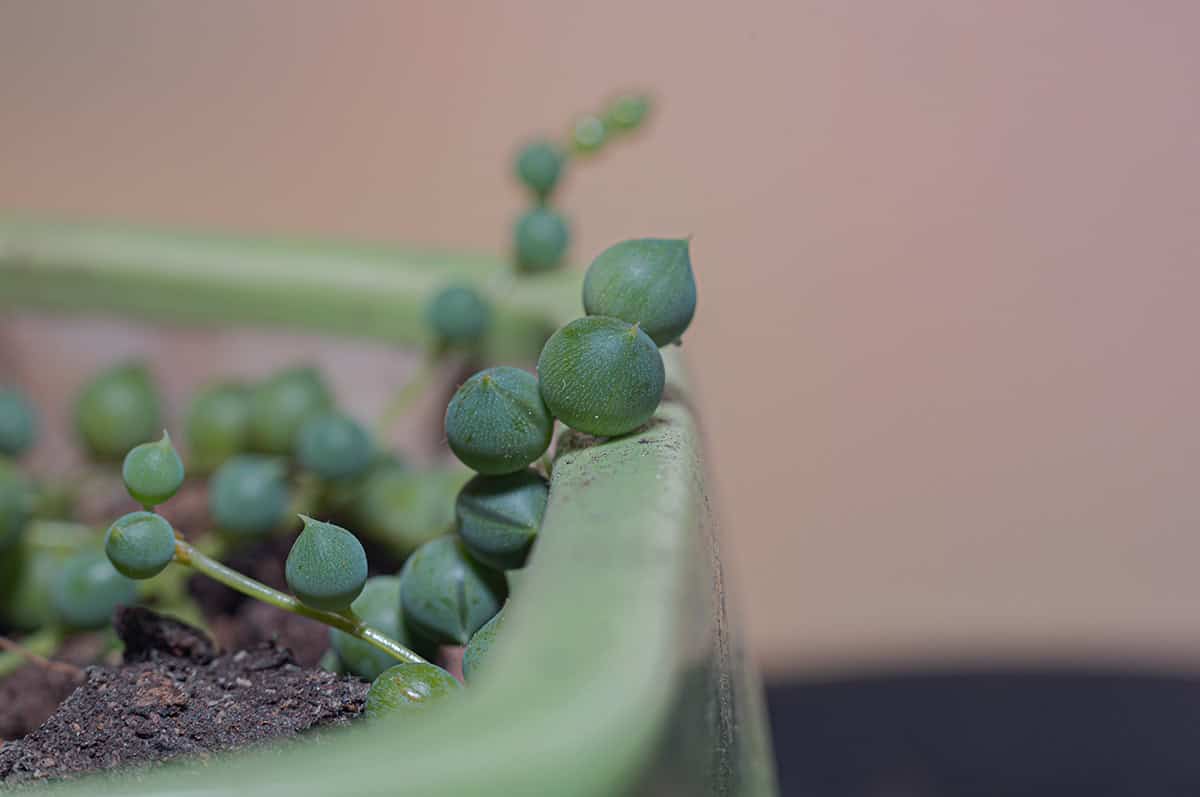
Propagation can help stimulate growth. You can do this by taking healthy stem cuttings. Each cutting should have several nodes to ensure successful rooting. Place the cuttings on moist, well-draining soil.
Keep them in a warm, bright area, away from direct sunlight, until roots develop. Within weeks, you should see new growth, revitalizing older, less vigorous plants. Propagating not only rejuvenates but also gives you more plants to enjoy or share.
